Cardiff-born Ernest Willows was a pioneer in the development of airships. His name lives on in this Wetherspoon pub and Willows High School. Born at 11 Newport Road, in 1886, Ernest Willows became the first man to fly over Cardiff, in 1910, using an airship of his own design. Subsequently, he failed to translate his technical expertise into commercial success and was killed in an air accident, while still in his twenties.
A framed illustration and text about Godfrey Morgan, Lord Tredegar.
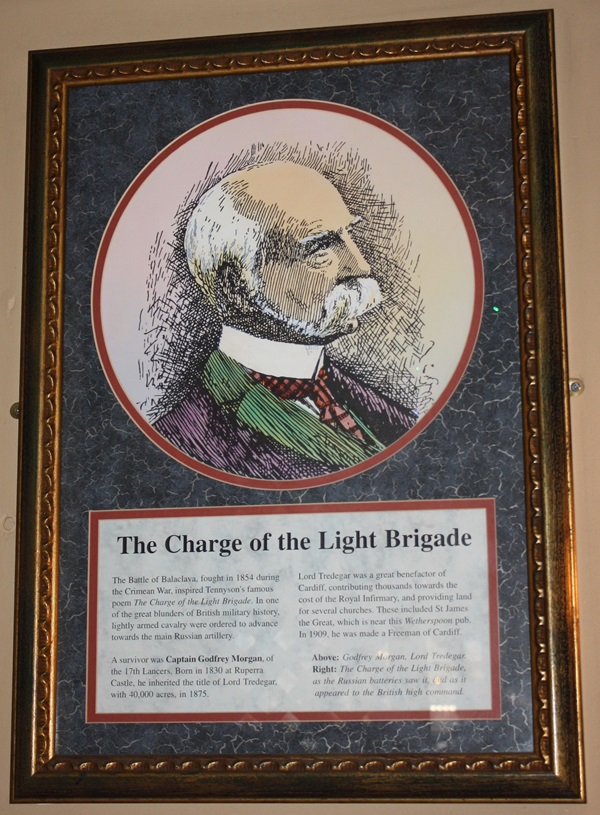
The text reads: The Battle of Balaclava, fought in 1854 during the Crimean War, inspired Tennyson’s famous poem The Charge of the Light Brigade. In one of the great blunders of British military history, lightly armed cavalry were ordered to advance towards the main Russian artillery.
A survivor was Captain Godfrey Morgan, of the 17th Lancers. Born in 1830 at Ruperra Castle, he inherited the title of Lord Tredegar, with 40,000 acres, in 1875.
Lord Tredegar was a great benefactor of Cardiff, contributing thousands towards the cost of the Royal Infirmary, and providing land for several churches. These included St James the Great, which is near this Wetherspoon pub.
In 1909, he was made a Freeman of Cardiff.
Above: Godfrey Morgan, Lord Tredegar
Right: The Charge of the Light Brigade, as the Russian batteries saw it, and as it appeared to the British high command.
Framed prints and text about Ernest Willows.
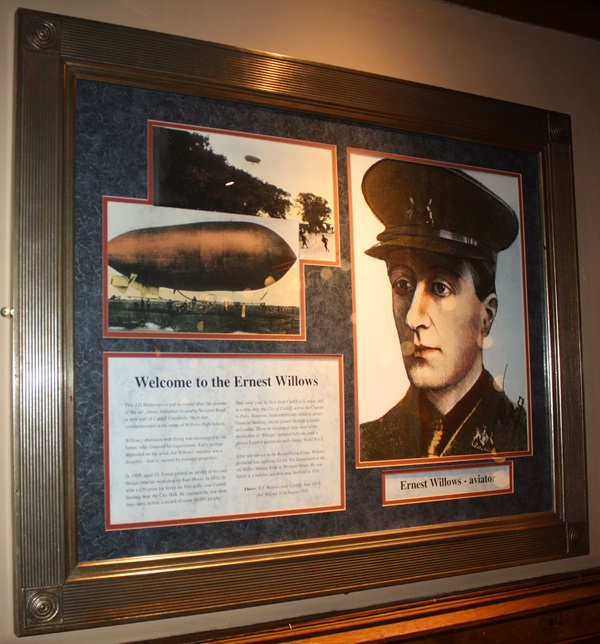
The text reads: This J.D. Wetherspoon pub is named after ‘the pioneer of the air’, whose birthplace is nearby Newport Road is now part of Cardiff University. He is also commemorated in the name of Willows High School.
Willow’s obsession with flying was encouraged by his father, who financed his experiments. Early airships depended on the wind, but Willows’ machine was a dirigible – this is, steered by powered propellers.
In 1905, aged 19, Ernest piloted an airship of his own design over his workshop on East Moors. In 1910, he won a £50 prize for being the first to fly over Cardiff, landing near the city Hall. He repeated the feat three days later, before a crowd of some 40,000 people.
The same year, he flew from Cardiff to London, and in a new ship, the City of Cardiff, across the Channel to Paris. However, these exhibitions failed to attract financial backing, and he joined Airships Limited, in London. There he developed ideas used in the production of “Blimps”, tethered balloons used to protect London against air raids during World War i.
After war service in the Royal Flying Corps, Willows produced kite balloons for the War Department at the old Roller Skating Rink in Westgate Street. He was killed in a balloon accident near Bedford in 1926.
Above: E.T. Willows over Cardiff, June 1910, and Willows II in August 1910.
Framed drawings, prints and text about transport links to this site.
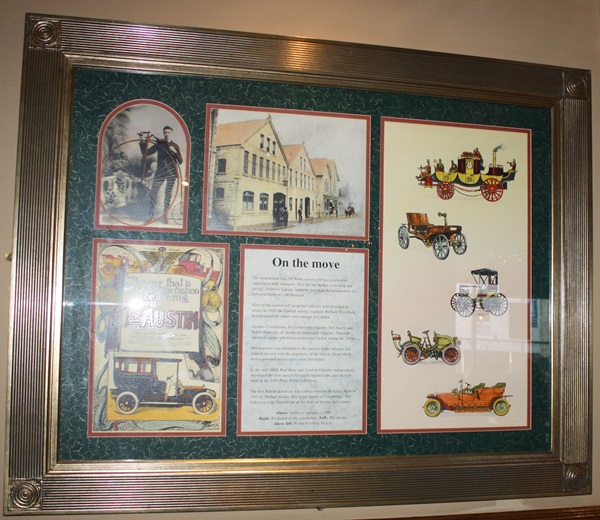
The text reads: The area around this J.D. Wetherspoon pub has a particular connection with transport. This site has been a cycle shop and garage. Andrews’ Garage, opposite, began as the headquarters of Solomon Andrews’ cab business.
Most of the earliest self-propelled vehicles were powered by steam. In 1803 the Cornish mining engineer, Richard Trevithick, demonstrated his steam road carriage in London.
Another Cornishman, Sir Goldsworthy Gurney, Dr Church, and Walter Hancock operated regular scheduled services in London during the 1830’s.
Development was inhibited by the success of the railways, but interest revived with the popularity of the bicycle, from which steam-powered motor-cycles were developed.
In the mid-1880s Karl Benz and Gottlieb Daimler independently developed the first successful petrol-engined cars, and showed them at the 1889 Paris World Exhibition.
Above: Andrews’ garage, c.1900.
Right: Evolution of the automobile
Left: The Austin
Above left: Penny Farthing bicycle.
A framed print and text about The Third Marquis of Bute.
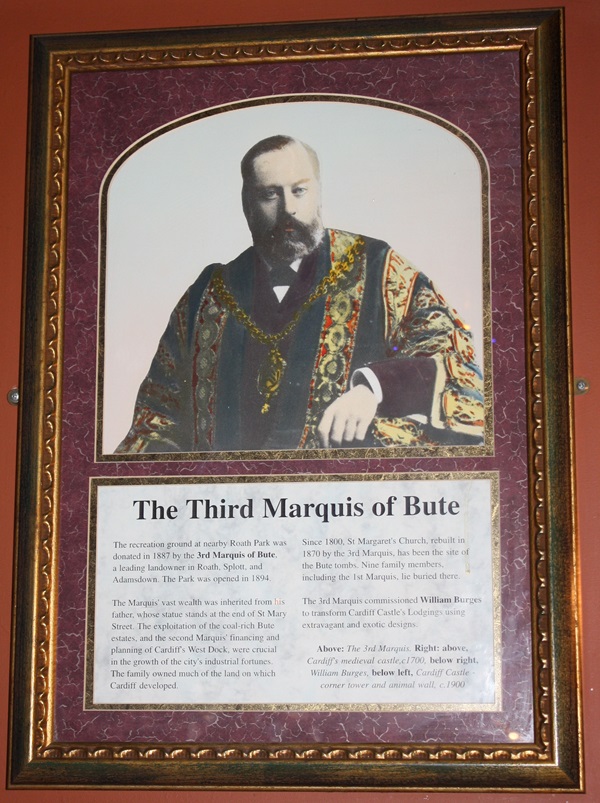
The text reads: The recreation ground at nearby Roath Park was donated in 1887 by the 3rd Marquis of Bute, a leading landowner in Roath, Splott, and Adamsdown. The Park was opened in 1894.
The Marquis’ vast wealth was inherited from his father, whose statue stands at the end of St Mary Street. The exploitation of the coal-rich Bute estates, and the second Marquis’ financing and planning of Cardiff’s West Dock, were crucial in the growth of the city’s industrial fortunes. The family owned much of the land on which Cardiff developed.
Since 1800, St Margaret’s Church, rebuilt in 1870 by the 3rd Marquis, has been the site of the Bute tombs. Nine family members including the 1st Marquis, lie buried there.
The 3rd Marquis commissioned William Burges to transform Cardiff Castle’s Lodging using extravagant and exotic designs.
Above: The 3rd Marquis Right: above, Cardiff’s medieval castle, c1700.
Below right, William Burges
Below left: Cardiff castle – corner tower and animal wall, c.1900.
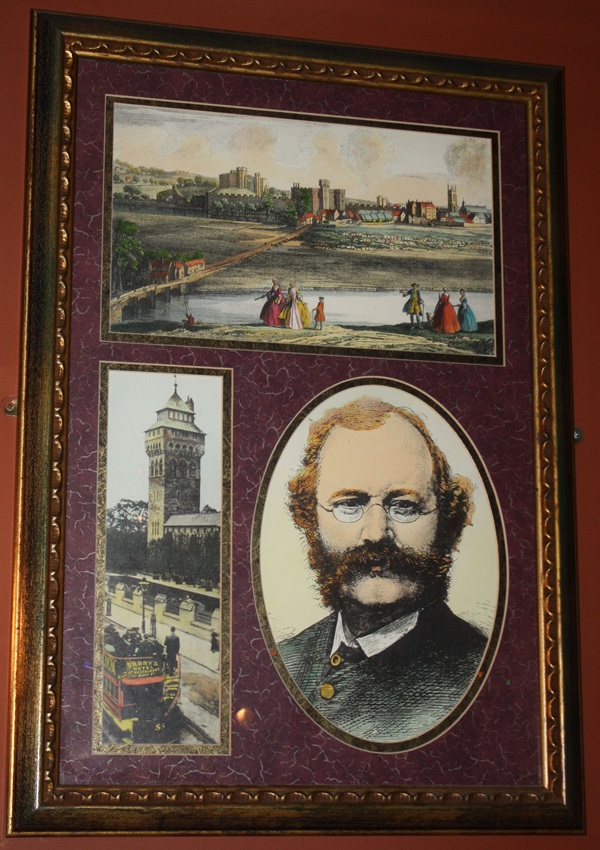
Framed photographs of the evolution of the aeroplane.
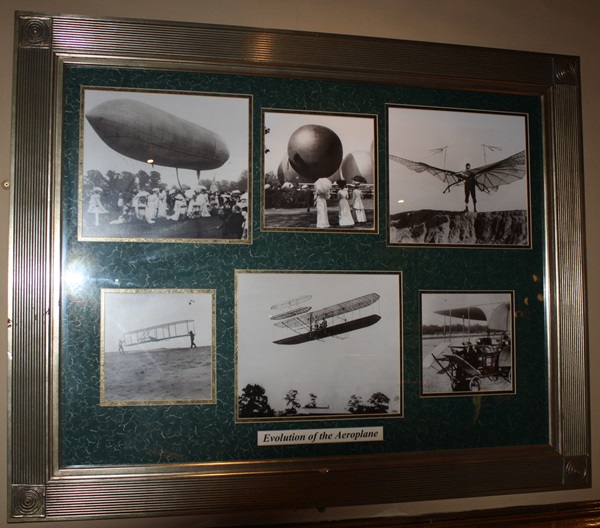
Framed photographs of The Sailors Home (c1905), The Castle (c1905) and University College (c1905).
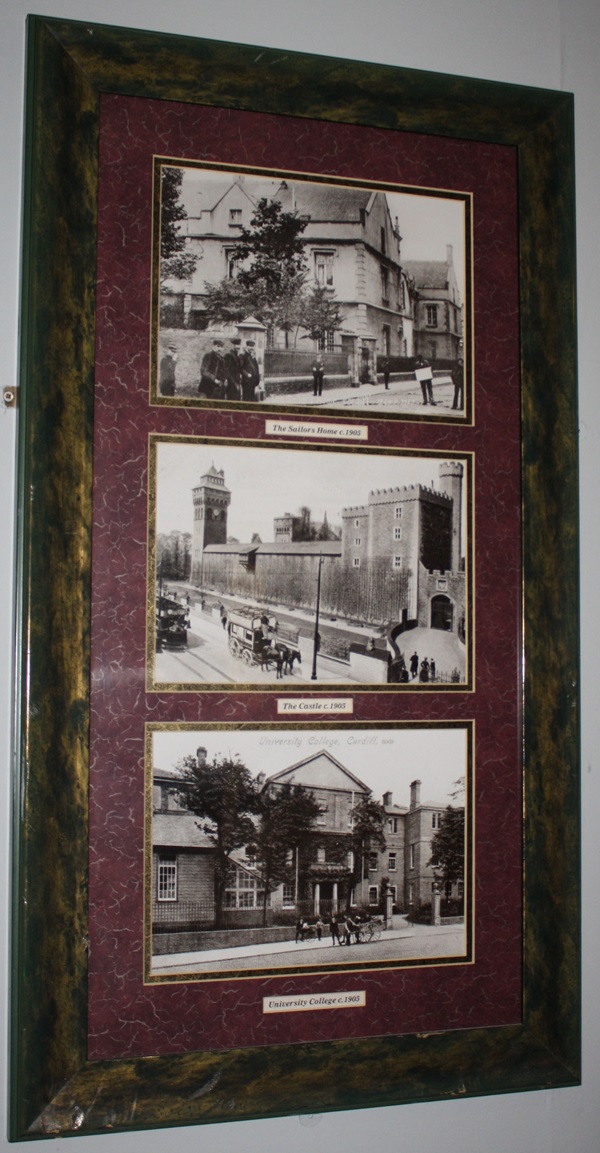
A framed photograph of St Mary Street, Cardiff, c1908.
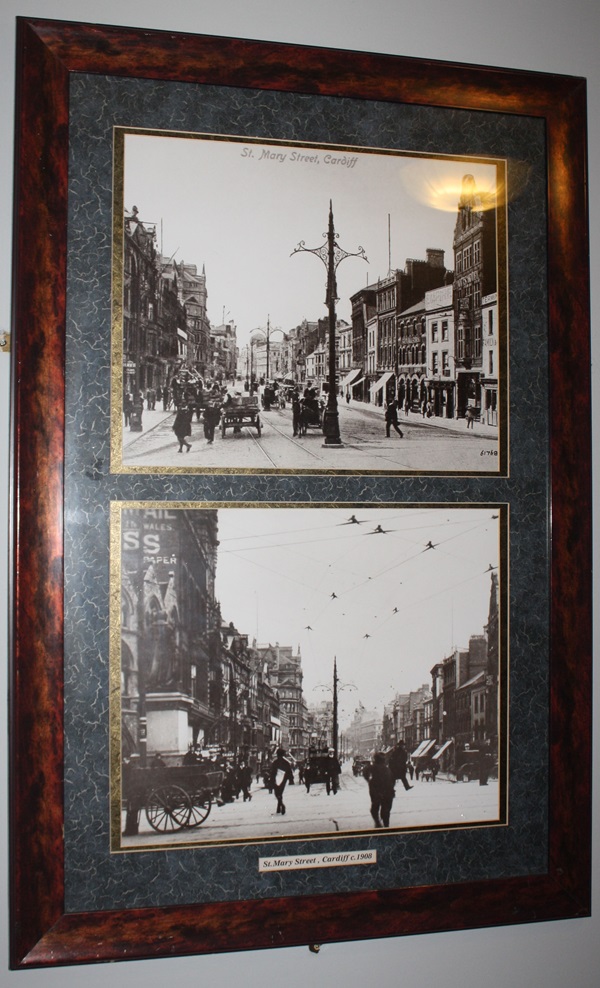
A framed photograph of the Electric Theatre, Cardiff (c1908) and the New Theatre, Cardiff (c1908).
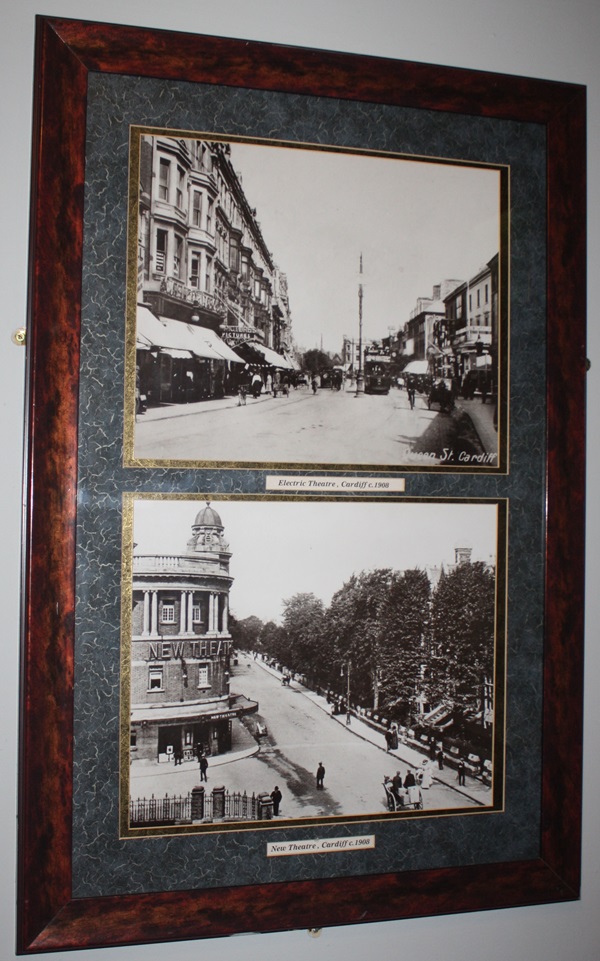
External photograph of the building – main entrance.
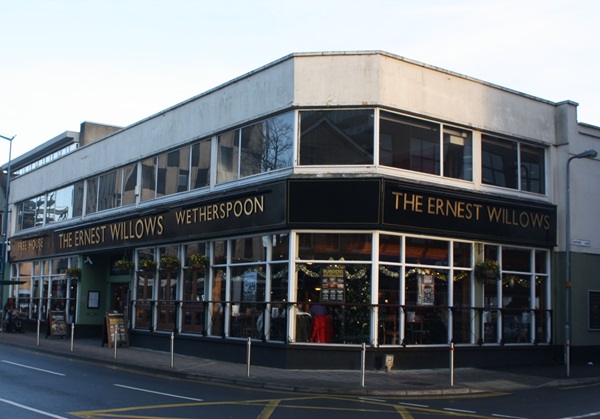
If you have information on the history of this pub, then we’d like you to share it with us. Please e-mail all information to: pubhistories@jdwetherspoon.co.uk